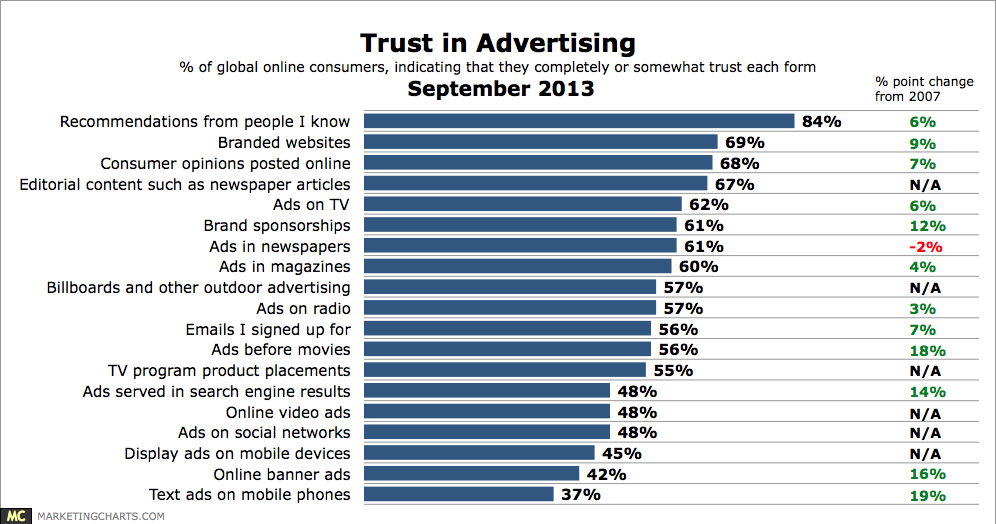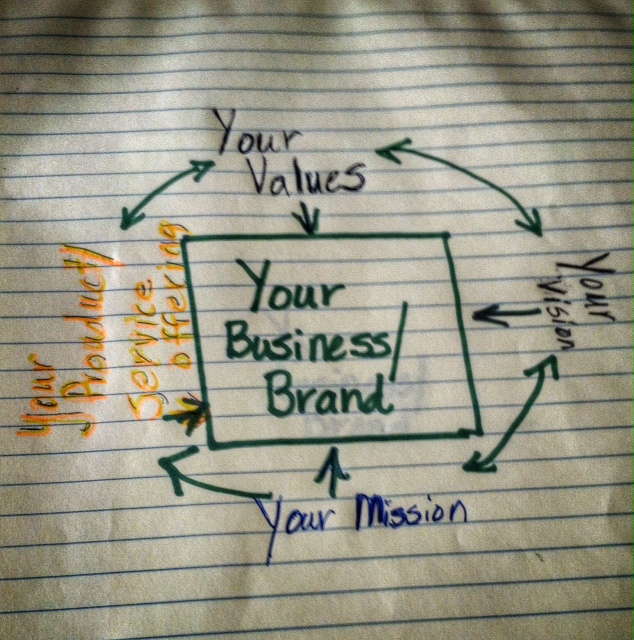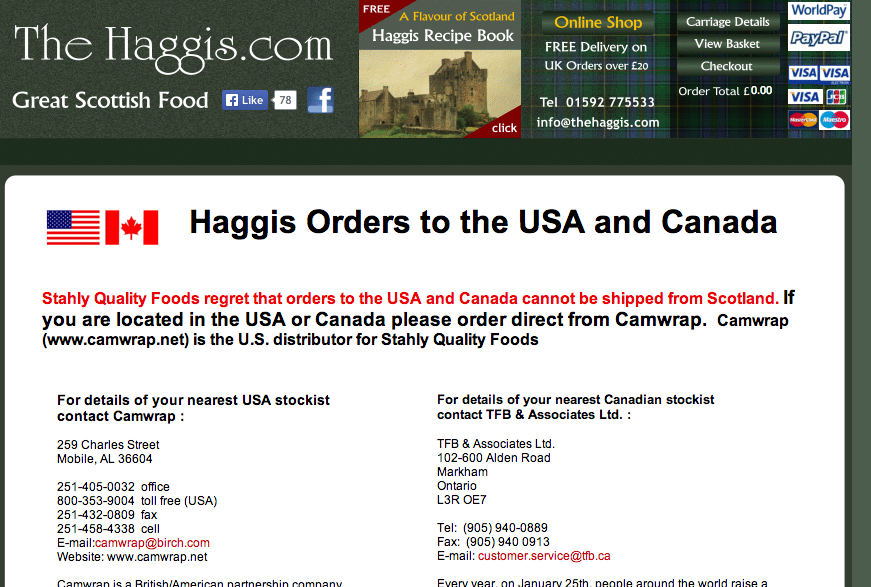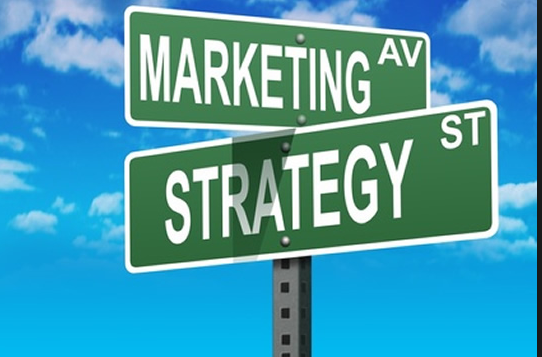Business Counsellor’s: The Top 10 Tips to Start Your Own Business
Guest Blog Post by Andrew Campbell, Business Development Specialist
As a Business Development Specialist with Enterprise Fredericton, I work with entrepreneurs on a daily basis counselling them and helping them succeed. Based on years of experience working with these enthusiastic entrepreneurs I have developed my top 10 tips to start your own business.
1. Research, research, research!
Put on your detective cap and dig up all you can for market research. This is one area that people don’t spend enough time on. Gain superior knowledge on the marketplace that you will be operating in (demographics, logistics, and trends). You have to determine that there is current and future demand for your product or service, and that there are customers willing to buy/use it. Spend the time on this before you jump into debt.
2. Understand Your Funding Requirements
Are you able to finance your new business yourself, or are you going to have to get additional financing? Most people will require additional investment through banks, or other lending vehicles. You might have to get creative and stack some funding options. Prepare a detailed list of your start-up costs. Then gather information on all potential sources of funding (financial institutions, government programs, etc.).
3. Build a Business Plan & Financial Projections
I say “build” a business plan because an effective plan is built in sections. Each section contributes to a solid business proposal. This plan is your blueprint for success. Creating a viable business plan and financials will be vital in achieving your funding goals. Don’t think you can write in one sitting. Remember, you are asking someone to lend you money for your business idea. It is in your best interest to put in the appropriate time. You only get one chance to impress a lender. Make it count!
4. Know Your Customers
I owned a retail store for over a dozen years and I was constantly asking customers about my products and quality of service. Before I opened, I would go visit the competition and watch people shop. I’d ask the clerks what people were interested in, and what made them come back. You have to know the pain & pleasure points of your customers. You want to reduce/eliminate their pains, and reinforce your WOW factor.
5. Know Your Competitors
The old adage rings true here; “keep your friends close and your enemies even closer”. You can’t be shy as a business owner. Call and visit your competitors often. Get to know them. Know their strengths and weaknesses. Know their specials and pricing. Become an expert on your competition. This way you can adapt to changes proactively and not get “surprised” by new developments.
6. Have a Well-defined Value Proposition
A value proposition (VP) is a statement that clearly identifies what benefits a customer will receive by purchasing a particular product or service from a particular vendor. It’s kind of like your “elevator pitch”. It should be simple and easy to remember. It should emphasize both the benefits the customer will receive and the price the customer will be charged as compared to the competition. An important goal of a value proposition is to convince the customer that they will be getting many more benefits than he/she is being asked to pay for.
7. Build Your TEAM
Although choosing quality employees is a key component to running a successful business they are not the only players to include on your TEAM. Your team also consists of mentors, advisors, your accountant or bookkeeper, your lawyer, banker, even your insurance agent. All of these experienced professionals are in your corner to help reduce your risk of failure. Use these connections to your benefit at every opportunity.
8. Network. Network. Network!
Before and after you open your business you should be finding ways to network in the community. Again, you cannot be shy when you are an entrepreneur. You have to make your business a success. You want to get to know other business owners and community members. You should be active, attending civic functions and relaying your value proposition to potential customers. Get to know your city council, provincial/state and federal government representatives. You never know when having them as an acquaintance may be of a benefit to your business.
9. Be Resilient
As a business owner you will face many obstacles. Keep treading forward. Be adaptive to potential problems and turn them into positives. Become a problem solver. Some days will be difficult, others will be fantastic!
10. Enjoy the ride!
If you are serious about starting a business then look to do something that interests you. As a business owner, you will be spending many hours on your baby (yes, it will feel like an offspring). It’s not a 9-5 commitment. Soak up the experience. It is a milestone moment in your life. Enjoy it!
Andrew Campbell is a Business Development Specialist with Enterprise Fredericton. Andrew provides free, confidential business counselling services to local entrepreneurs and businesses in the Greater Fredericton Region. Prior to joining Enterprise Fredericton, Andrew owned and operated his retail business. He joined Enterprise Fredericton after selling his business.














